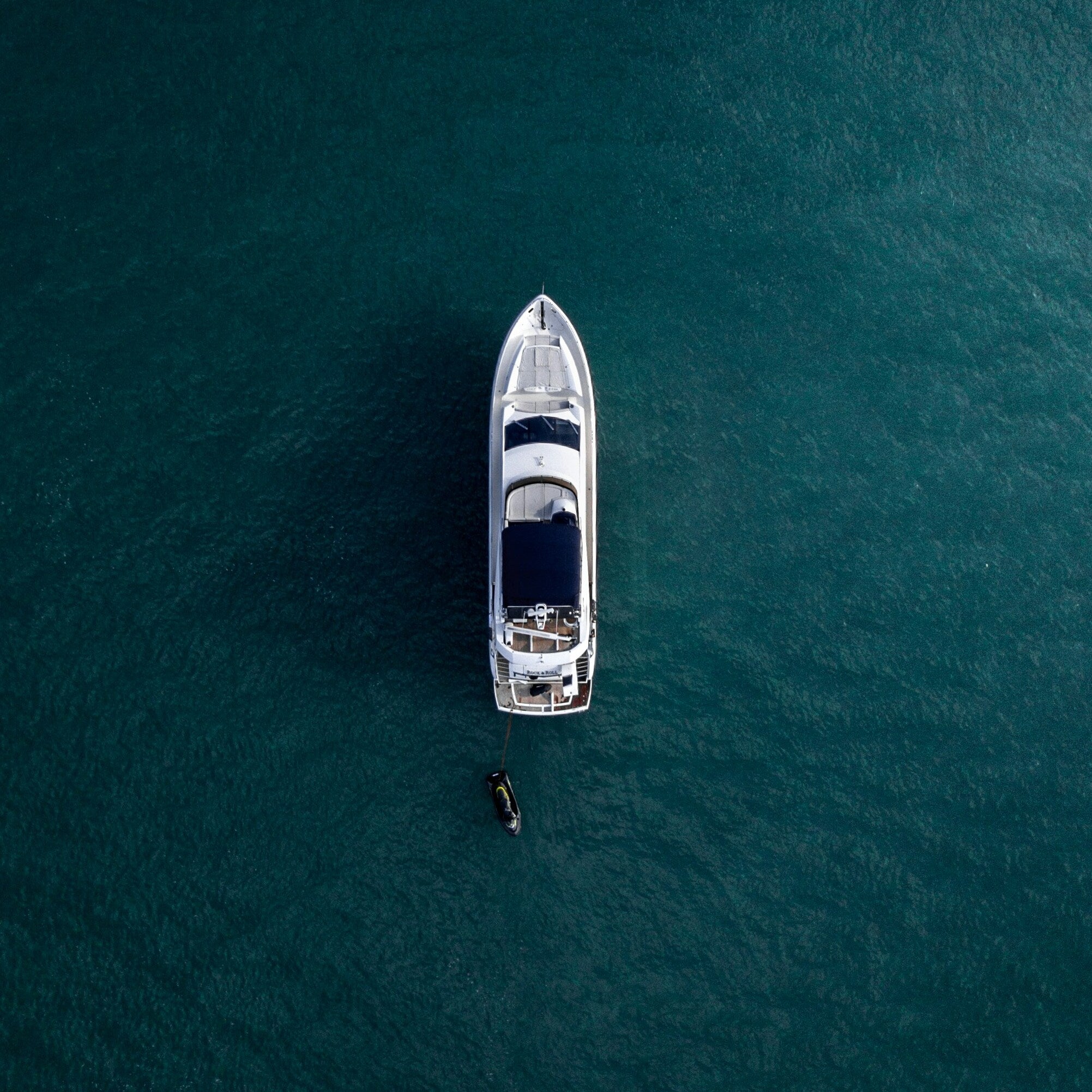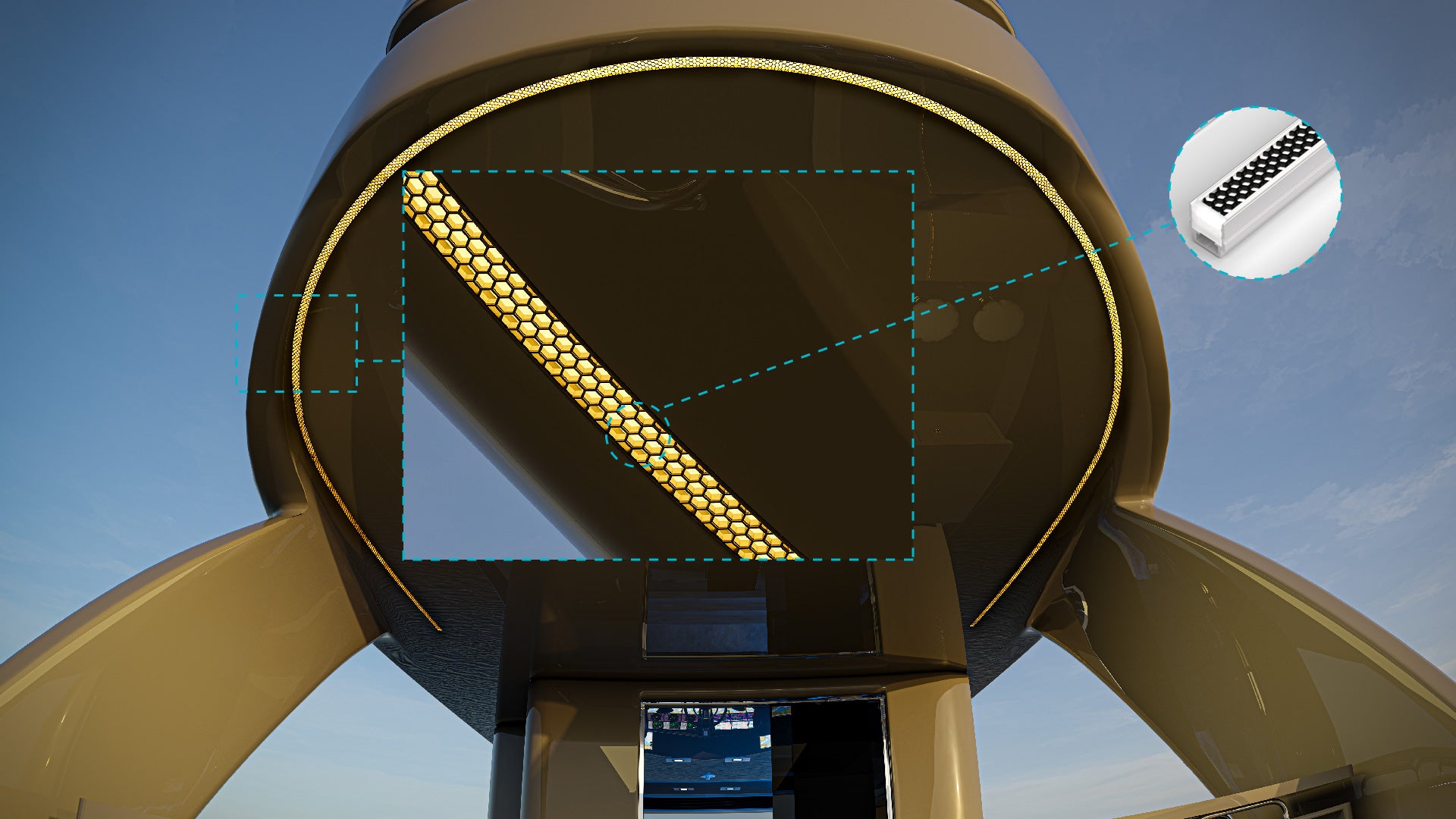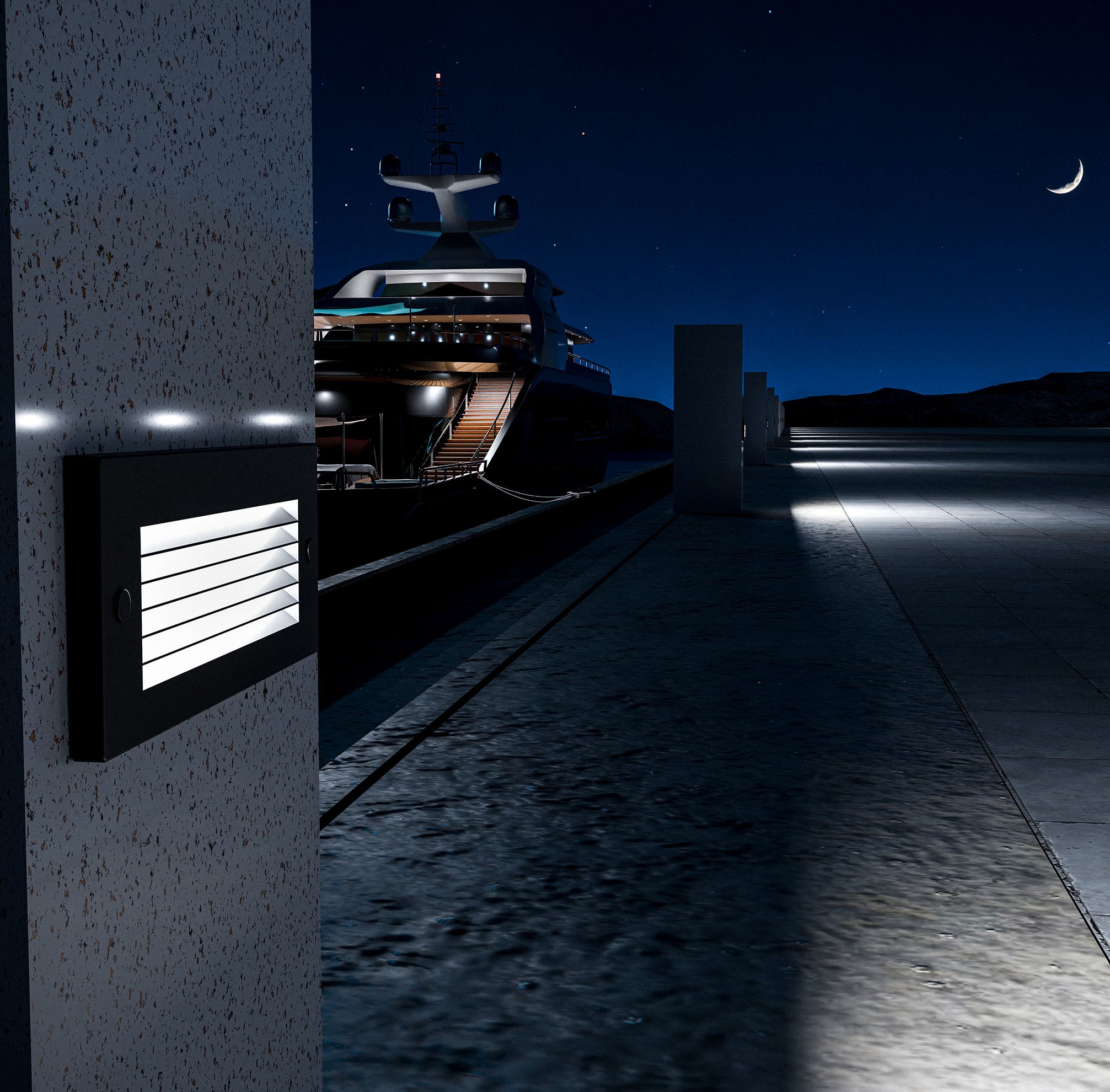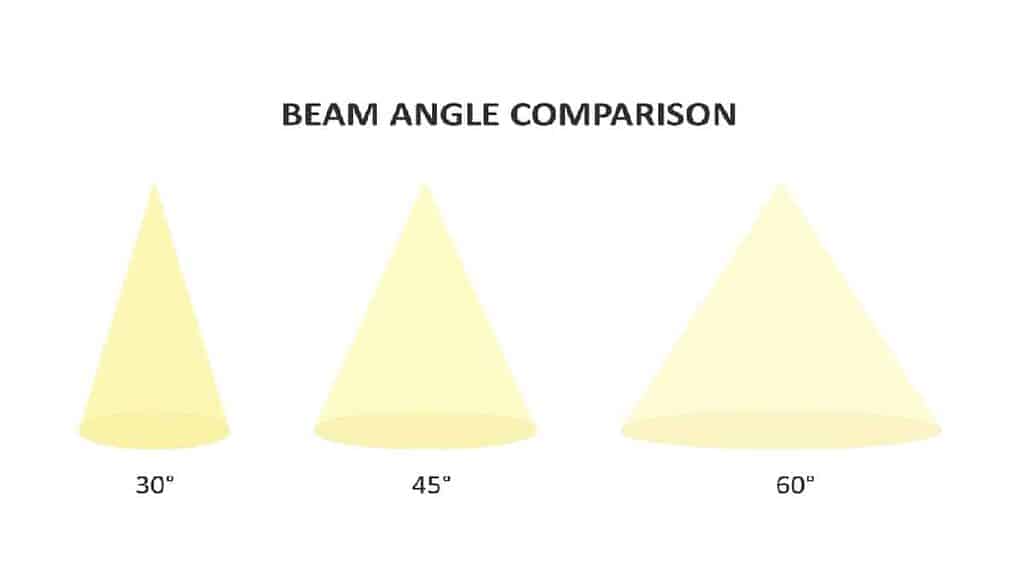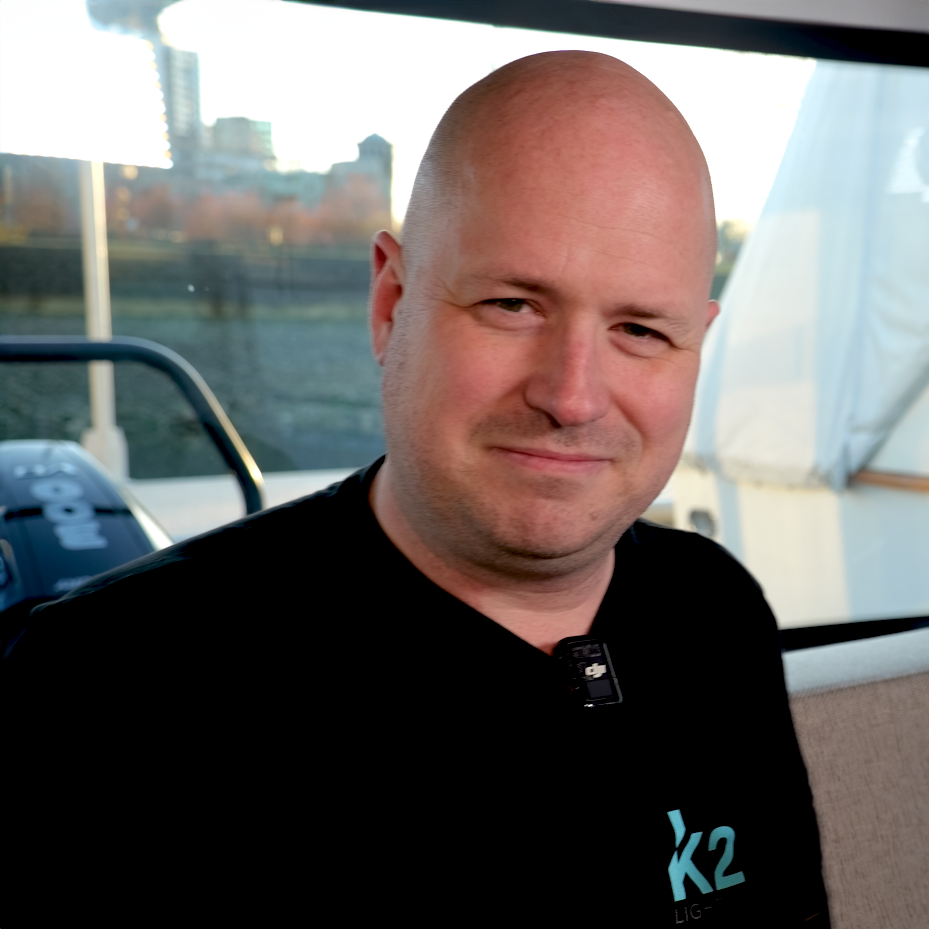Lighting is one of the most critical elements on any boat, serving both practical and aesthetic purposes. Whether it’s illuminating the deck for nighttime navigation, creating a cozy atmosphere in the cabin, or showcasing the beauty of underwater spaces, marine LED lighting has transformed the way boat owners approach illumination.
However, one aspect often overlooked in lighting selection is the beam angle. Beam angles determine how light is distributed from an LED fixture, affecting everything from brightness to coverage area. Choosing the wrong beam angle can lead to poor visibility, wasted energy, or unwanted glare.
In this blog, we’ll break down the importance of selecting the right marine LED beam angle for different applications and explain how this choice can make a significant difference in both functionality and efficiency.
Understanding Beam Angles in Marine LED Lighting
What is a Beam Angle?
A beam angle refers to the spread of light emitted from an LED fixture, measured in degrees. It determines how wide or narrow the light will disperse from its source. A narrow beam angle (10°–30°) produces a concentrated, focused beam of light, perfect for highlighting specific areas or tasks. On the other hand, a wide beam angle (60°–120°) casts light across a larger area, creating soft, diffused illumination. In marine applications, the right beam angle depends heavily on the intended purpose—whether it’s task lighting, ambient illumination, or underwater highlighting.
Why Beam Angles Matter on Boats
On a boat, space is limited, and every lighting fixture must serve a purpose efficiently. The beam angle directly impacts light distribution, brightness perception, and power efficiency. For example, using a wide beam angle in a task-specific area might waste energy and create unnecessary light spill, while using a narrow beam in an area requiring broad coverage could leave important zones in shadow. Understanding how to match the right beam angle to specific areas of your boat ensures optimized illumination, reduced glare, and maximum energy savings.
Common Marine LED Beam Angles Explained
Narrow Beam Angles (10°–30°)
Narrow beam angles are designed to produce a focused, spotlight-like beam of light. These angles are ideal for tasks that require precision, such as illuminating navigation instruments, focusing light on a specific area of the deck, or enhancing visibility in tight compartments. They are also commonly used in searchlights and spotlights for targeted visibility at night. The concentrated beam prevents unnecessary light spill and ensures maximum brightness within the illuminated zone.
Medium Beam Angles (30°–60°)
Medium beam angles strike a balance between focused illumination and wider coverage. They are versatile and work well in general-purpose applications, such as deck lighting, cabin lighting, and walkway illumination. These angles are particularly effective for spaces where both brightness and moderate coverage are required, offering clarity without harsh shadows. Medium beam fixtures are a go-to option for creating functional yet inviting lighting in shared spaces.
Wide Beam Angles (60°–120°)
Wide beam angles provide broad, diffused illumination, making them perfect for large open spaces or areas requiring ambient lighting. These angles are often used in floodlights, cabin ceilings, and underwater lighting. Wide beam LEDs are excellent for creating an even, shadow-free glow, enhancing both functionality and aesthetics in expansive areas. Their ability to cover large surfaces makes them energy-efficient when used strategically.
Choosing the Right Beam Angle for Navigation Lights
Why Navigation Lights Need Precision
Navigation lights play a critical role in ensuring safe travel at night and in low-visibility conditions. They must meet strict maritime regulations and provide clear, focused illumination without creating unnecessary glare that could confuse other vessels. A narrow beam angle helps direct light precisely where it’s needed, ensuring compliance and optimal functionality.
Recommended Beam Angles for Navigation Lights
For navigation lights, a beam angle between 10° and 20° is generally recommended. This focused spread minimizes light scatter and ensures that the intended areas are well-illuminated without overlapping into other zones. Precision and clarity are key in this application.
Choosing the Right Beam Angle for Deck and Work Areas
Balancing Task Lighting and Ambient Lighting
Deck lighting serves both functional and safety purposes. Whether you're docking at night, working on repairs, or enjoying an evening gathering, the right beam angle ensures that these tasks are carried out efficiently. Medium beam angles strike the perfect balance by offering focused brightness without overwhelming glare.
Recommended Beam Angles for Deck Lights
For deck lighting, beam angles between 50° and 60° are ideal. These angles provide adequate coverage while maintaining brightness, ensuring visibility without creating harsh reflections on reflective surfaces like stainless steel railings.
Choosing the Right Beam Angle for Cabin Lighting
Creating Comfort and Functionality in Cabins
Cabin lighting needs to be soft, warm, and diffused to create a comfortable and inviting atmosphere. At the same time, specific zones like reading areas, dining tables, or workstations might require more focused light. Wide beam angles are best suited for general cabin illumination, while adjustable fixtures with narrower angles work well for specific tasks.
Recommended Beam Angles for Cabin Lights
For overhead cabin lighting, beam angles between 90° and 120° provide consistent illumination. Adjustable or directional fixtures with angles between 30° and 60° are perfect for focused tasks like reading or cooking.
Choosing the Right Beam Angle for Underwater Lighting
Enhancing Visibility and Aesthetics Underwater
Underwater lighting serves both functional and decorative purposes. Wide beam angles are ideal for illuminating large underwater areas, creating a striking glow beneath the boat. Narrower beams may be used for specific underwater tasks, such as inspecting hull conditions.
Recommended Beam Angles for Underwater Lights
For ambient underwater illumination, beam angles of 90° to 120° are recommended. For focused underwater tasks, a narrower beam angle of 30° to 45° is ideal.
Choosing the Right Beam Angle for Accent and Decorative Lighting
Enhancing the Boat’s Visual Appeal
Accent lighting brings personality to your boat, highlighting features such as logos, staircases, or handrails. Medium beam angles offer sufficient focus while ensuring the light spreads evenly over the targeted area. Adjustable fixtures provide flexibility to change angles based on needs.
Recommended Beam Angles for Accent Lighting
For accent lighting, beam angles between 30° and 60° deliver excellent results. Adjustable fixtures allow customization for different areas and aesthetics.
Factors to Consider When Selecting Beam Angles
Purpose of the Lighting Fixture
Ensure the beam angle aligns with the intended purpose—task lighting requires precision, while ambient lighting needs broader coverage.
Boat Size and Layout
Smaller boats benefit from narrow beams in confined spaces, while larger vessels require wide beams for open areas.
Lighting Placement and Mounting Height
Consider how height affects light spread and focus, ensuring the fixture is positioned optimally for its intended purpose.
Common Mistakes to Avoid When Choosing Beam Angles
Using the Same Beam Angle Everywhere
Different zones require different beam angles for optimal performance.
Over-Illumination or Under-Illumination
Incorrect angles can create glare or leave key areas poorly lit.
Ignoring Energy Efficiency
Selecting the wrong beam angle can lead to energy waste and reduced battery life.
Selecting the right beam angle for marine LED lights is essential for achieving optimal visibility, energy efficiency, and aesthetics on your boat. Whether you're navigating at night, relaxing in your cabin, or showcasing underwater beauty, the proper beam angle ensures the best results.
Explore K2 Lighting's wide range of marine-grade LED fixtures designed for every application.

